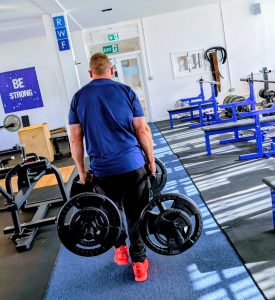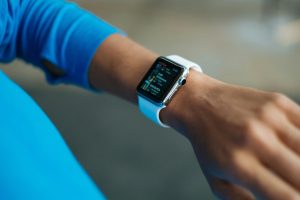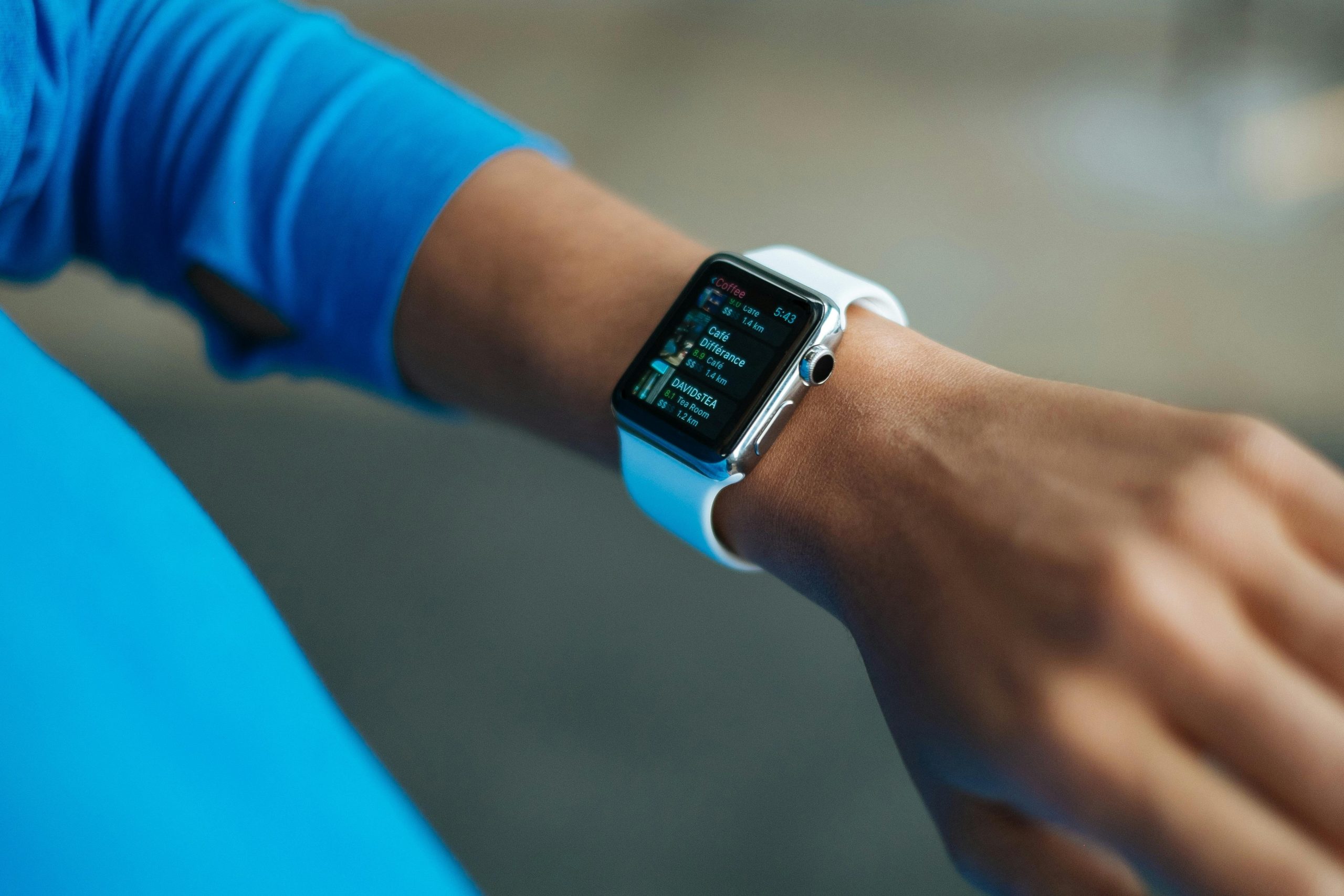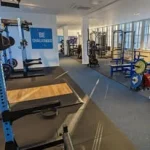How Accurate Are Smartwatches at Tracking Calorie Burn?
Most of us strap on a smartwatch hoping it’ll keep us honest: “If it says I burned 600 calories on that run, that’s what I’ll log.”
But the reality is a bit different. Calorie-burn numbers on smart watches are educated guesses, not scientific-grade measurements.
For beginners using those numbers to guide a calorie controlled weight-loss or maintenance diet, knowing how the watch arrives at those figures, and how far off they can be, really matters.
Stick with us here and we’ll explain:
-
How smartwatches estimate calories
-
Why some activities read far more accurately than others
-
How your body (age, gender, muscle mass) skews the results
-
Typical error ranges by activity
-
A simple rule-of-thumb for adjusting the numbers if you’re tracking calories for weight management

Strength work rarely gets enough credit on a smart watch – even relatively cardio-heavy stuff like farmer’s walks
How Your Watch Works Out Calorie Burn
Every brand uses slightly different software, but most smartwatches rely on the same three key factors:
-
Your details: age, sex, height and weight to estimate your resting metabolic rate (RMR)
-
Movement sensors: the accelerometer in the watch senses how fast and often your wrist is moving.
-
Heart-rate sensor: optical LEDs (the red bits coming out the back of the watch) measure your pulse, and the watch assumes higher heart-rate usually equals higher energy burn.
Some watches also factor in GPS (to calculate running speed and elevation) or add extras like skin-temperature and stress sensors.
What they don’t do, and can’t ever do, is measure oxygen use, which is the only true measure of calorie burn.
Where Do The Errors Creep In?
Even if the heart-rate sensor is spot-on, the watch still has to guess how your heart-rate translates to calories.
That guess can be thrown off by:
-
Activity type: rhythmic cardio is easier to model. Heavy weights or stop-start circuits confuse the algorithm and make the calorie burn data sketchy at best.
-
Body composition: two people with the same weight can burn very different calories if one carries more muscle.
-
Gender and age: men often have more lean mass, and older adults often have lower metabolic rates. This is not always accounted for.
-
Sensor placement: a loose strap or dark tattoo can throw off heart-rate readings.
-
Training status: fitter runners tend to burn fewer calories at the same pace because they’re more efficient at the movements.
So How Accurate Are They Really?
Research comparing popular devices (Apple Watch, Fitbit, Garmin, Polar, Samsung, etc) against laboratory methods consistently finds errors of 15–30%, and sometimes higher.
These are some typical patterns:
| Activity | Typical error range | Comment |
|---|---|---|
| Walking / jogging on flat ground | ±10–15 % | usually the best-case scenario |
| Outdoor running with GPS | ±15–20 % | hills, wind and intervals can skew it |
| Cycling | ±15–25 % | arm stays still; better if linked to a chest-strap or power meter |
| Strength training / free weights | ±25–40 % | very hard to capture, often under-reads |
| HIIT / circuits | ±20–35 % | spikes and rests confuse the algorithm |
| Everyday activity (NEAT) | ±20–40 % | cooking, DIY, and even just fidgeting are often under-recorded |
So, that 500-calorie spin class on your watch could easily be anywhere from 350–650 calories in reality.
Does Muscle Mass or Gender Change the Reading?
Yes.
Most watches just assume “average” muscle-to-fat ratio for your sex and weight.
If you’re lean and muscular, you probably burn more calories than the watch shows.
If you carry more body-fat or move efficiently, you may burn less than it reports.
These differences can add or subtract another 5–15% error on top of the base device error.

Smart watches aren’t always smart or reliable. Factor in an error rate for calorie burn!
So How Can You Use Watch Data in a Calorie-Controlled Diet?
A few practical tips we give our clients at Real World Fitness, Nottingham:
-
Think trends: treat the watch as a relative gauge – ‘today I was more active than yesterday’, and not as a precise measure.
-
Apply a safety factor: when you log exercise calories, count only 70–80% of what the watch claims.
-
Track your actual progress: if the scale and measurements aren’t moving as expected after 3-4 weeks, adjust food intake and not just your watch settings!
-
Consistency is king: wear the same device in the same spot every day so at least your errors are consistent, and you’re comparing like with like.
-
Add a chest-strap for cardio: it usually improves heart-rate accuracy, especially for intervals and cycling.
So, what’s the overall message?
-
Smartwatches are great for motivation and for comparing you vs you.
-
Expect 15–30% error for most activities, and often more for weights or HIIT.
-
Body composition and gender matter – the algorithms can’t perfectly account for them.
-
For dieting, knock 20–30% off the watch’s calorie-burn figure and monitor real-world results.
-
Don’t let the tech replace common-sense. Consistent training and nutrition habits always outweigh the gadget’s estimate.
FAQs
Do smartwatches over- or under-estimate calories?
Both. Cardio is often over-estimated; heavy weights and low-intensity chores are often under-estimated.
Is the Apple Watch the most accurate?
Most tests rank Apple, Garmin and Polar near the top for cardio, but even the best can be 15–20 % off.
Will entering my body-fat percentage help?
If your watch or its app lets you enter body-fat or lean mass, do it – it usually improves estimates slightly.
Can I rely on watch calories to plan a diet deficit?
Not directly. Use them as a ball-park, apply a 20–30 % cut, and let the scale and your weekly progress tell you if you’re in the right ball-park.
Book a free Personal Training session today
If you’re in Colwick, Netherfield, West Bridgford, or anywhere else in Nottingham and you’re considering personal training, now’s your chance!
Book your FREE personal training session today and turn your fitness dreams and transformation goals into an achievable reality.
Don’t just take our word for it; feel the difference in guidance, expertise, and motivation. Nottingham residents, your journey to the best version of yourself starts with just one session.




